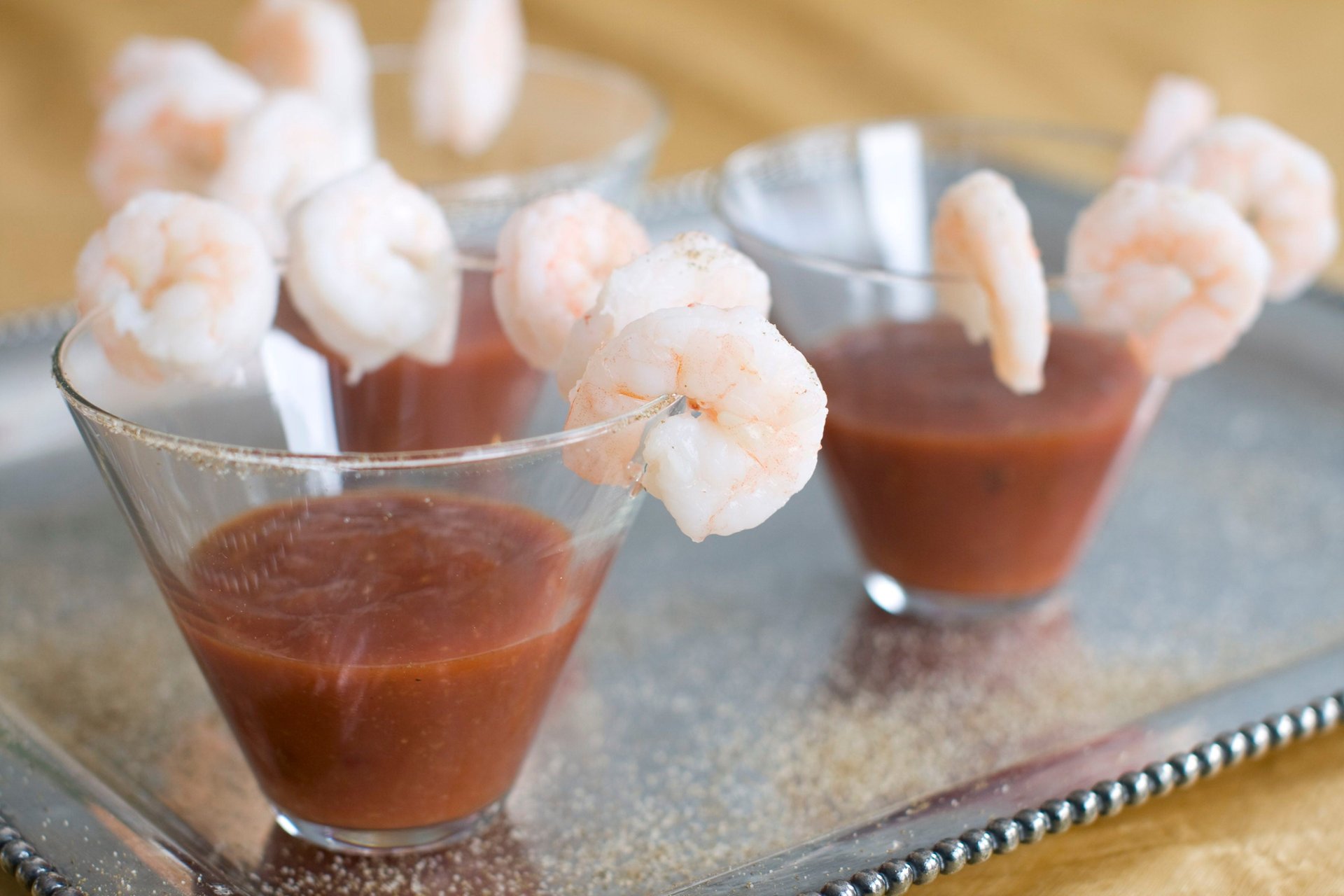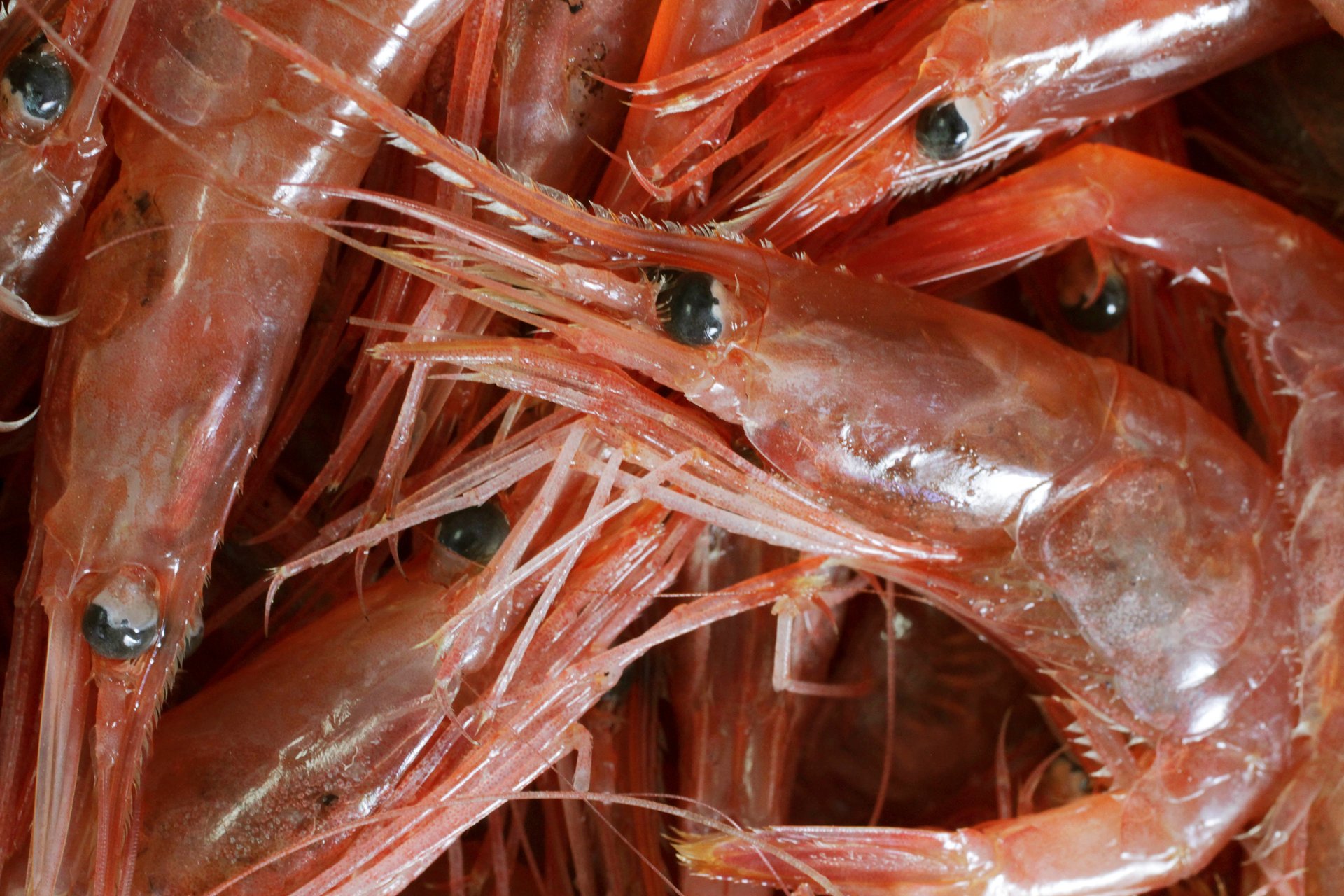Global warming is going to change the way shrimp tastes
Ocean acidification, the phenomenon that some call global warming’s evil twin, might be ravaging the world’s fisheries faster than zombie fishing boats. Scientists continue to discover new ways that marine ecosystems are being re-shuffled by the changing pH of the sea—a consequence of increased carbon dioxide emissions, 30% of which are absorbed by the ocean. Some of these discoveries are sad. Others are downright alarming. Those poor snails and their dissolving shells! Centuries of oyster farming in the American Northwest are coming to an end. The Great Barrier Reef is shrinking.


Ocean acidification, the phenomenon that some call global warming’s evil twin, might be ravaging the world’s fisheries faster than zombie fishing boats. Scientists continue to discover new ways that marine ecosystems are being re-shuffled by the changing pH of the sea—a consequence of increased carbon dioxide emissions, 30% of which are absorbed by the ocean. Some of these discoveries are sad. Others are downright alarming. Those poor snails and their dissolving shells! Centuries of oyster farming in the American Northwest are coming to an end. The Great Barrier Reef is shrinking.
Now there is bad news for shrimp-cocktail lovers: Ocean acidification is going to change how shrimp taste. For the worse.
A recent study, perhaps the first to relate ocean acidification to seafood quality, taste-tested shrimp raised in nearly identical conditions except for water pH levels and temperature. Some shrimp were raised in water that’s about as acidic as the ocean’s current global average (pH=8.0), and others were raised in water as acidic as the oceans are predicted to be in the year 2100 (pH=7.5) that was also slightly higher in temperature, “to reflect a gradual warming of the oceans by the end of this century.”

All the surviving shrimp were cooked by professional chefs and fed to self-identified “shrimp lovers,” or people who eat shrimp at least twice a month. The tasters rated each specimen on appearance, texture, and taste. Texture between the two types was no different, but the more acidic shrimp received lower marks on appearance and taste.
Whether these shrimp were less tasty because acidification had stressed them—as is known to be the case with livestock—or for some other reason is not clear.